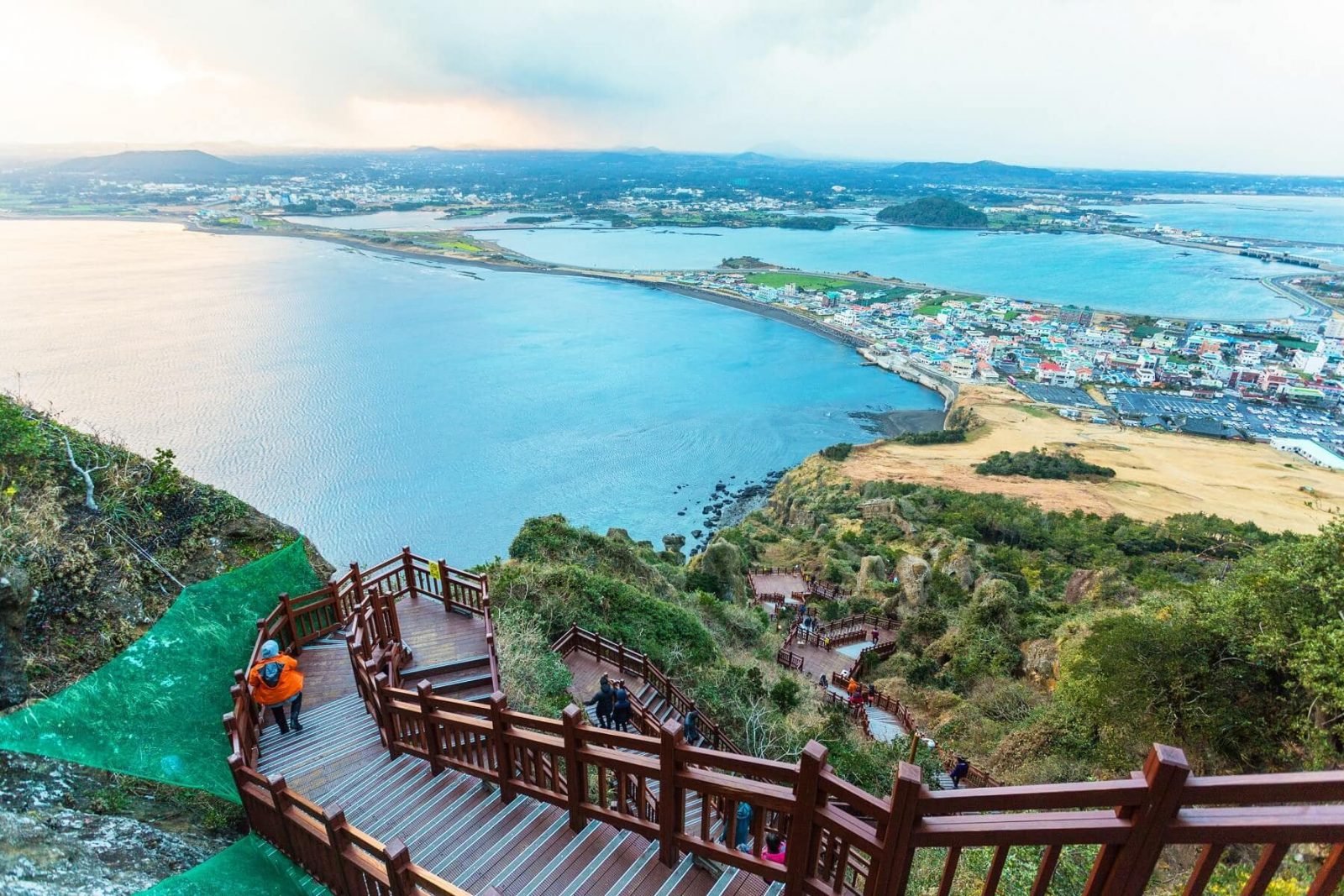
Subscribe to our Newsletter!
Get our latest news straight into your inbox

Jeju Islands: The Beautiful Island of the Gods
Jeju, South Korea
Dubbed by many the new Santorini, the island of Jeju is a magnificent pearl worth a visit now that travel bans are being lifted. Jeju Island is a land of myths and legends, and offers stunning natural landscapes, pristine beaches, good weather, and of course, delectable seafood. From the enchanting Halla Botanical Garden to the Samseonghyeol Shrine where according to legend, three demigods founded Jeju, this island might be just what the doctor ordered to end your cabin fever.
Mount Hallasan
This 2,000 meter high, still-active volcano can be seen from all corners of the island and is a certified UNESCO bio reserve. Since Hallasan stands proudly at the center of the island, you’ll encounter countless species of local fauna on your way including roaming horses, spoonbills, and butterflies. If the lush alpine forests and rich wildlife doesn’t make you stop and hold your breath in awe, we don’t know what will.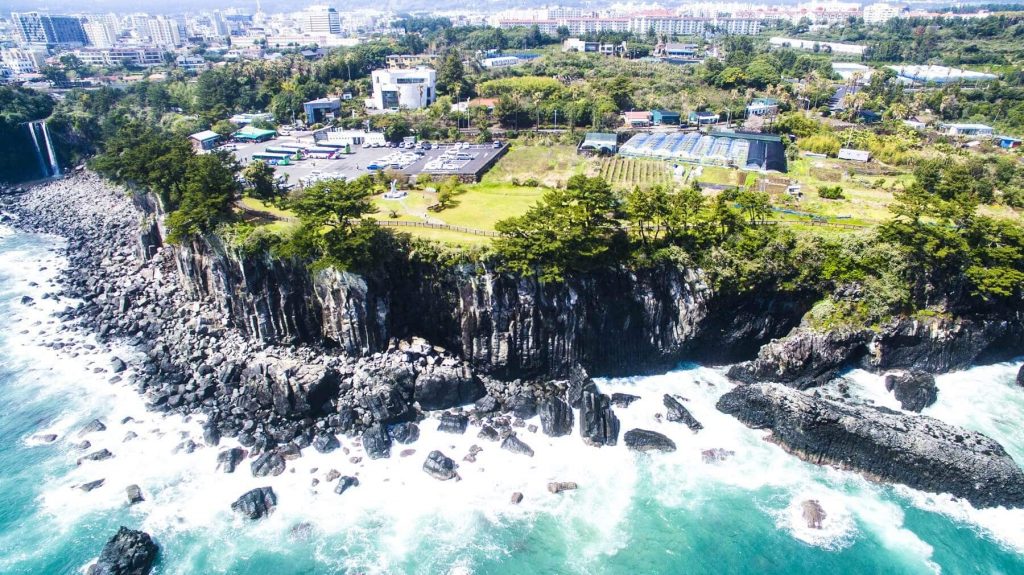
The locals call it Yeongjusan Mountain, which means a mountain high enough to pull the universe. Hallasan was designated a national park in 1970 and has impressed scientists across the world for its vertical ecosystem. So far, 3,300 species of insects, 4,000 species of animals, and 1,800 kinds of plants have been identified in this diverse ecosystem. If exploring this mountain’s treasures sounds like your thing, just follow one of the well-developed hiking trails.
In 1653, a Dutch sailor, Hendrick Hamel, published a journal describing his and his shipmates’ 13-year detainment on Jeju Island after wrecking their boat. What appeared to be mermaids of the island and their strange cries to Hamel and his pals were actually Haenyo – the diving women.
This tradition is still alive where local female sea divers go upwards of 20 meters under the sea fishing for clams, urchins, octopus, and sacred abalones. These magnificent women, sometimes as old as 65 years of age, don’t usually use any scuba diving gear to look for sea treasures. Witnessing them dive is a sight to behold, and rightfully so, Haenyos are extremely revered in Korea. You can visit their blue-and-white sea shack stands right outside the E-Mart, and just before the beautiful sea wall with steps leading down toward the sea.
The Sunrise Peak
The Seongsan Ilchulbong or Sunrise Peak was formed about 5,000 years ago when a volcano erupted beneath the sea. Located on a hill in the shape of a castle, it offers the best view of sunrise on Jeju, hence the name. Throughout the year, visitors to the island gather at the peak almost an hour before the sunrise to glimpse the sun coming over the horizon.
Hamdeok Beach, lying just half an hour to the east of Jeju City, is a popular family vacation spot during the warm summer months. The soft sands melt beneath your feet while you stroll along the glimmering turquoise waters lying all around you. While most of the beach disappears at high tide, a huge sand bar emerges once the waters retreat.
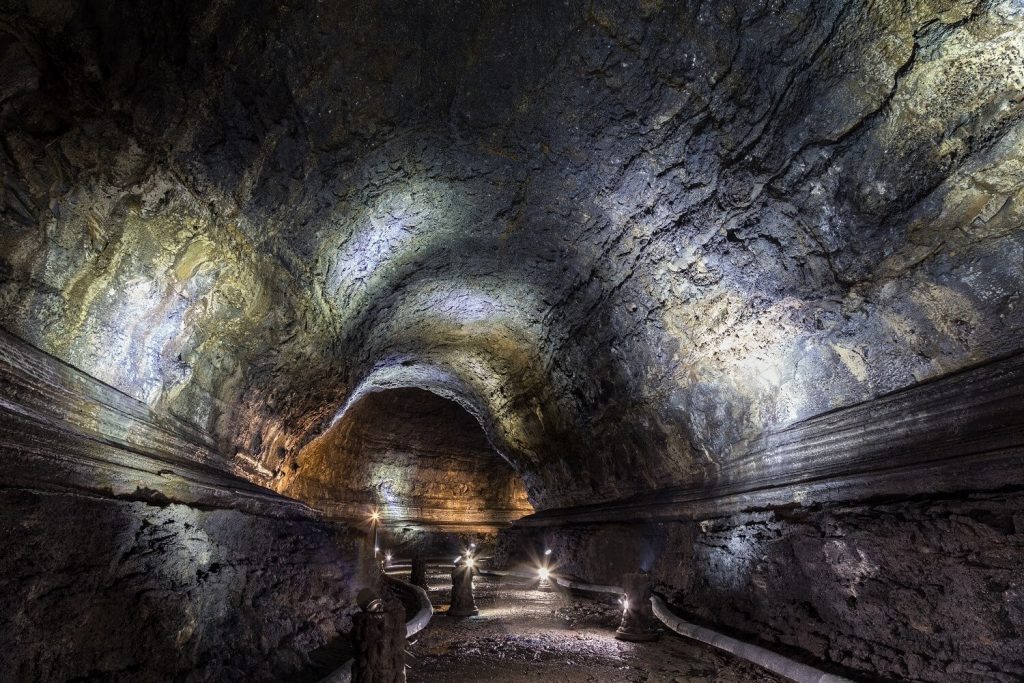
In addition to the deckchairs and changing rooms along the golden sands, you’ll also find several outstanding hotels, cafes, and restaurants here. For all the beach babies out there, Hamdeok Beach also offers plenty of opportunities for water sports, including water skiing, snorkeling, paddle boarding, and kayaking.
Don’t forget to visit the Manjanggul Cave! It is one of the longest and largest lava tube caves in the world, stretching for 9 kilometers. On the way, you’ll pass lots of stunning rock formations, stalactites, and stalagmites. Measuring up to 23 meters wide and 30 meters high, this enormous cave is not the only attraction here. Look out for the 7.8 meter high lava column at the end of it, which is considered the tallest structure of this kind in the world.
Share This
Subscribe To Our Newsletter
Stay informed with our latest news delivered directly to your inbox.




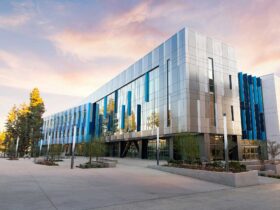



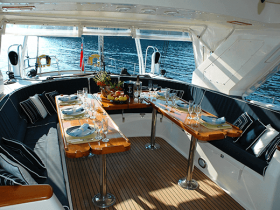
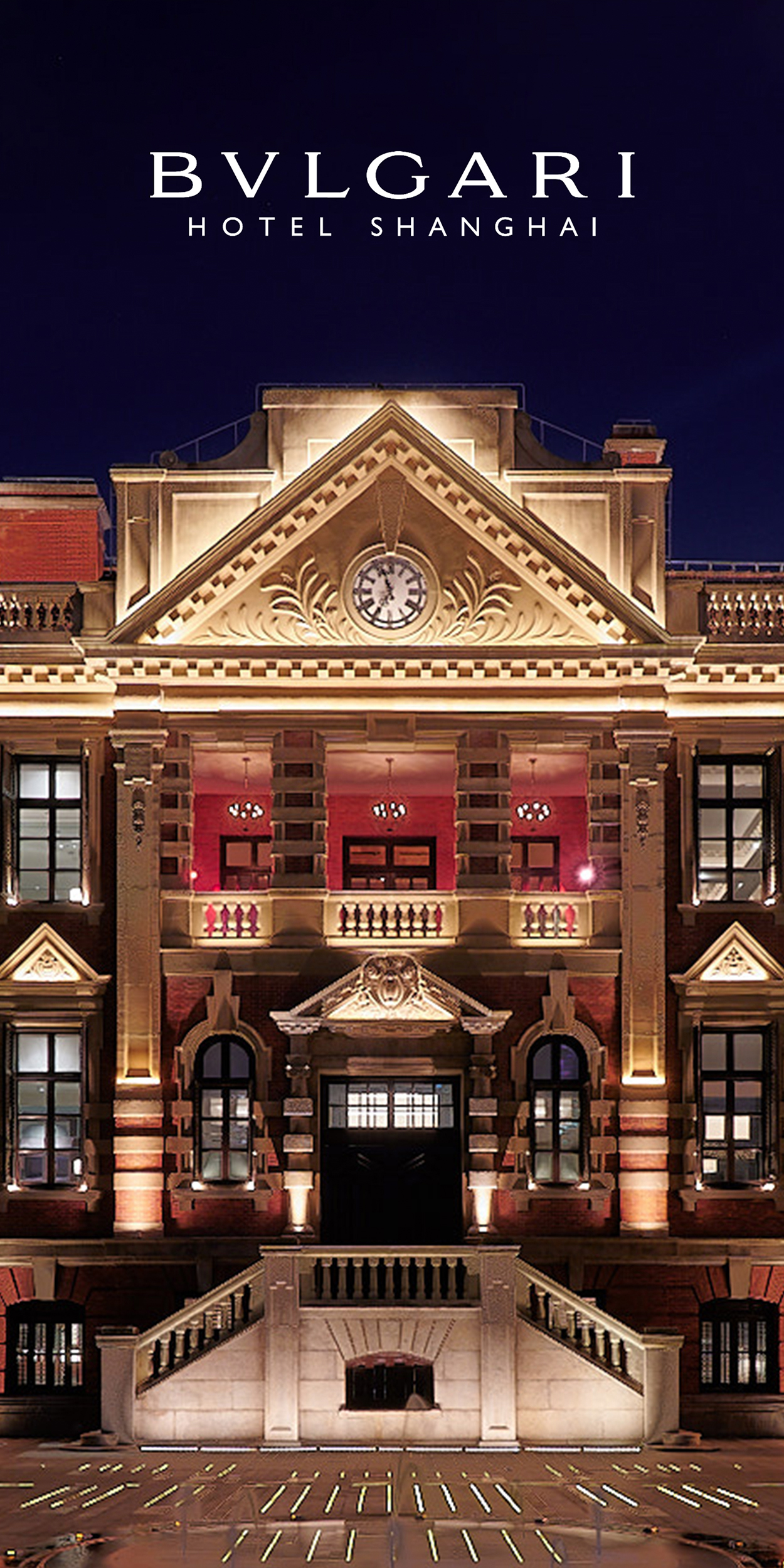



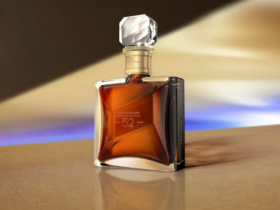
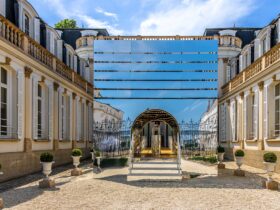

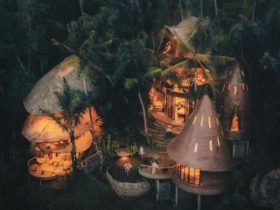
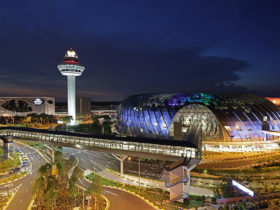
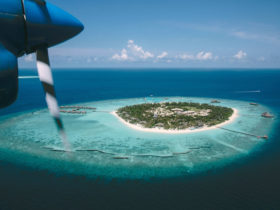
Leave a Review